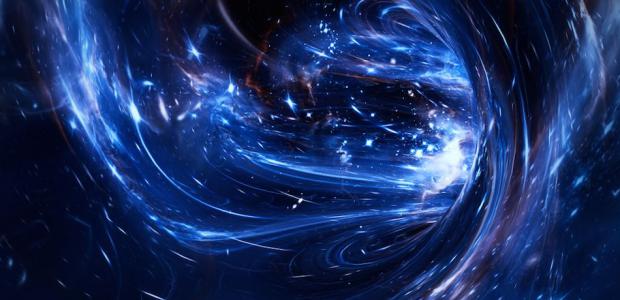
Breaking News
 [Off Grid Build] DIY Rotary Sieve (Trommel) For Separating Stone from Earth (Making Gravel)
[Off Grid Build] DIY Rotary Sieve (Trommel) For Separating Stone from Earth (Making Gravel)
 Exposing the Venezuela Regime Change Scam - with Richard Grove
Exposing the Venezuela Regime Change Scam - with Richard Grove
 California just passed a shocking law to grab your idle Bitcoin
California just passed a shocking law to grab your idle Bitcoin
 Scientists say recent advances in Quantum Entanglement...
Scientists say recent advances in Quantum Entanglement...
Top Tech News
 Kawasaki's four-legged robot-horse vehicle is going into production
Kawasaki's four-legged robot-horse vehicle is going into production
 The First Production All-Solid-State Battery Is Here, And It Promises 5-Minute Charging
The First Production All-Solid-State Battery Is Here, And It Promises 5-Minute Charging
 See inside the tech-topia cities billionaires are betting big on developing...
See inside the tech-topia cities billionaires are betting big on developing...
 Storage doesn't get much cheaper than this
Storage doesn't get much cheaper than this
 Laser weapons go mobile on US Army small vehicles
Laser weapons go mobile on US Army small vehicles
 EngineAI T800: Born to Disrupt! #EngineAI #robotics #newtechnology #newproduct
EngineAI T800: Born to Disrupt! #EngineAI #robotics #newtechnology #newproduct
 This Silicon Anode Breakthrough Could Mark A Turning Point For EV Batteries [Update]
This Silicon Anode Breakthrough Could Mark A Turning Point For EV Batteries [Update]
 Travel gadget promises to dry and iron your clothes – totally hands-free
Travel gadget promises to dry and iron your clothes – totally hands-free
 Perfect Aircrete, Kitchen Ingredients.
Perfect Aircrete, Kitchen Ingredients.
 Futuristic pixel-raising display lets you feel what's onscreen
Futuristic pixel-raising display lets you feel what's onscreen
"CUORE" experiment seeks to get to the heart of the matter – and antimatter

: why is the universe that surrounds us full of matter, when predictions suggest it should be equally split between matter and antimatter?
For every atomic particle there exists a complementary particle with equal mass but opposite charge: such is the case, for instance, with electrons and positrons, protons and antiprotons, neutrons and antineutrons. For each pair of particles, one is designated as ordinary matter and the other as antimatter (the one exception being Majorana fermions, chargeless particles – such as photons – that act as their own antiparticles).
Astrophysics tells us that the Big Bang should have produced equal amounts of matter and antimatter, but this is clearly not the case. The reason for this imbalance is a still a mystery, but may lie in the nature of the neutrino, a nearly massless subatomic particle that – just like the photon – may act as its own antiparticle.



